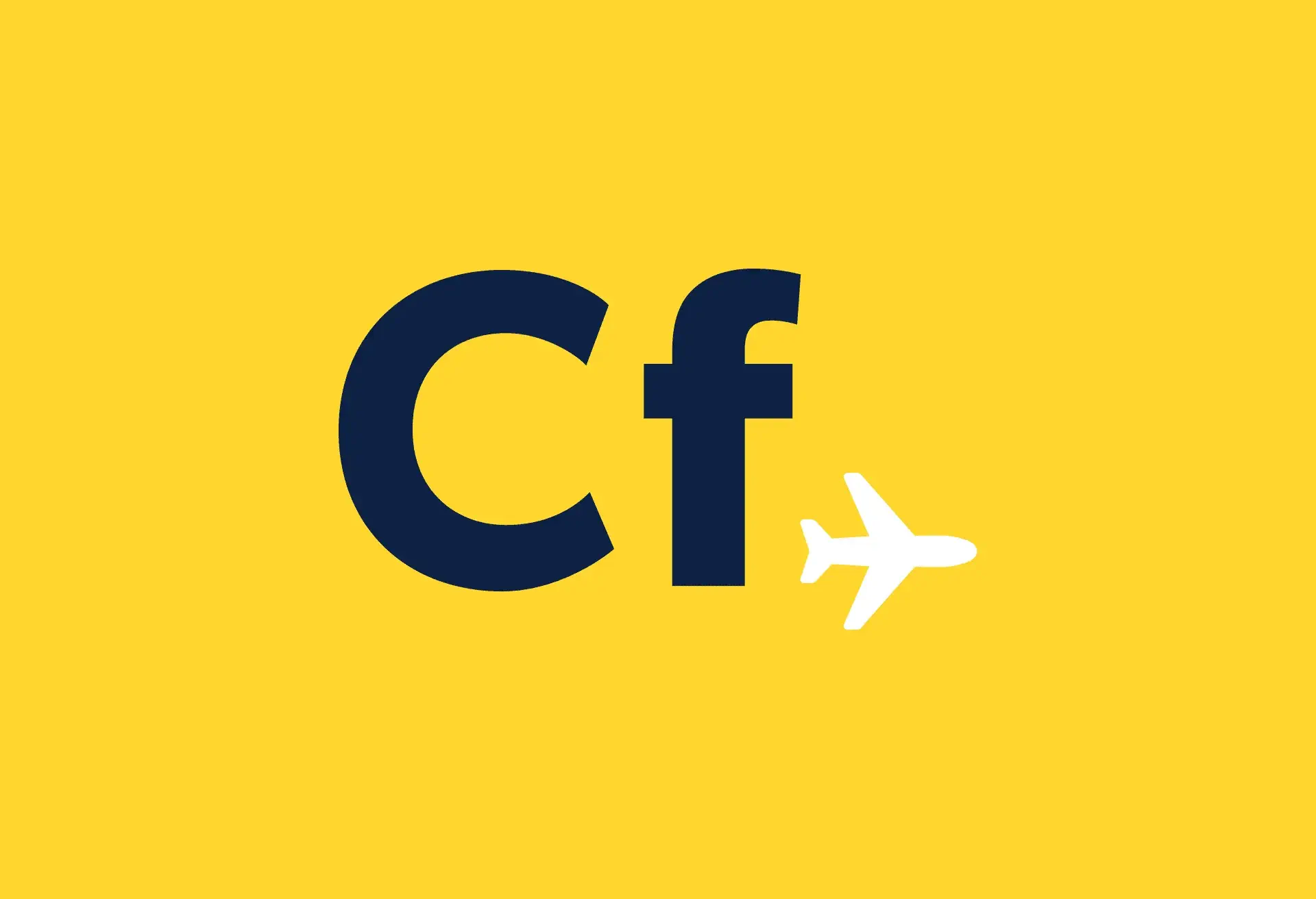For many of us, booking a getaway means booking a round-trip ticket. You go from A to B and then back to A again once it’s time to head home, sometimes with a layover or two depending on where and when you’re traveling. But round-trip flights aren’t always the most cost effective option. There are times when a combination of one-way tickets will get you there faster and for less. But there are a few things to keep in mind if you’re using one-way flights to keep trip costs down. Curious? We’ve put together some tips and tricks for using one-way flights to save. Read on and then give it a try when you search for flights on Cheapflights.com.
What is a one-way flight?
When booking a trip, most people will default to looking for a round-trip ticket, thus booking their flight to and from a destination in one click. While this is a quick and easy, one-stop shop for booking your flights, it isn’t the only way. Instead of immediately booking the first round-trip flight that looks promising, it can be beneficial to explore your options — and one option is to search for one-way flights to your destination and one-way flights home from your destination separately. You never know where you may be able to score some savings, and searching for two one-way flights may sometimes be cheaper than booking a round-trip flight. While this isn’t always the case, it’s smart to compare your options before you book.
Ways you can use one-way flights to save
Booking different legs with different airlines
While booking one round-trip flight with one airline might be the easiest option, it might not always be the quickest route or the most cost-effective. Dividing your trip into segments and then buying a separate ticket (also called “split ticketing”) for each of those segments can potentially mean savings. For example, if you’re looking to fly from Toronto, Canada to Frankfurt, Germany, it might actually end up being cheaper to fly from Toronto’s Pearson Airport to New York‘s JFK, then on to Frankfurt, rather than directly from Toronto to Frankfurt.
If you want to try this method of booking, your best bet when searching is to use hub airports that are well-known gateway airports (hubs that see a bulk of connecting flights). The trick is to try various flight path combinations using those popular hubs to see which routes are the most cost-effective. This is different from taking connecting flights via one ticket because you’re creating your own itinerary. If you’ve booked a single ticket with one airline, the airline is (generally) responsible for getting you to your final destination. However, it is important to note, in the case of booking different legs with different airlines, you won’t have the safety net of knowing you’ll get rebooked should delays or other disturbances occur.
One-way flights between multiple cities
Particularly when you’re taking multi-destination trips, like in Europe or Southeast Asia, booking one-way trips between different cities might be the most cost effective way for you to travel. You might use these kinds of tickets, for example, if you wanted to fly into Paris, travel around Europe for two weeks by train or car, and then fly home from Rome. Traveling this way can make it easier to create a route that works best for your travel purposes rather than needing to backtrack. This kind of travel also allows you to find the cheapest ticket from one region to another. So if you know you want to fly from Europe and then to Southeast Asia and back again, you allow yourself the freedom to find the cheapest flight from one region to the next. So if the cheapest ticket from your home city to Europe arrives in Paris, and the cheapest ticket from Europe to Asia is from Rome to Bangkok, and the cheapest flight back to Europe is from Beijing to London, you have the freedom to book those legs all individually and figure out the in-betweens separately.
Throwaway ticketing
Also known as “hidden city ticketing,” throwaway ticking is legal, but airlines don’t like it and it can often be against their rules. In this case, you’ll fly from your start city through a connecting hub, but rather than going all the way to your destination, you get off at the hub and “throw away” the last leg of the trip because it’s a less expensive ticket than just flying to the hub. For example, it might be cheaper to book a ticket that goes from point A to B to C rather than a ticket that just goes from A to B, so you skip the leg that goes to C. However, utilize this tool carefully and be aware that if you do this on a round-trip ticket, and skip the second leg of your flight to your destination, the airline will cancel the rest of your reservation so you’ll be without a flight home. To make the most of this option, be sure to book your flight home on a separate reservation.
Cons of using one-way flights
Saving time and money is one thing, but you also want to be careful not to mess up your travel plans by using one-way fares or other means of tricky ticketing.
Delays and irregular operations: You might find yourself in trouble if, for example, you booked two separate legs and your first leg is delayed due to weather. The airline may try to reroute you via another connecting city (a city you don’t actually want to go to). If this happens, your best bet is to try and explain to the airline that you need to connect in the original connecting city to meet people there, or because you have some business to take care of before your last leg. Often the airline will be accommodating, but there is no guarantee, so keep this in mind if you’re booking a throwaway ticket or hidden city fare.
Luggage: If you’ve booked a flight from Boston to Copenhagen with a connection in Iceland and you plan on not taking that final leg to Copenhagen, checking luggage is a problem if you’re bags will be going all the way to Copenhagen (your supposed final destination). In these instances, it’s important to pack in one carry-on and be sure it meets the size requirements.
Only “throwaway” the last leg: Skipping the last leg of your flight is the only safe option on a throwaway ticket. When you miss a flight, the airline is likely to cancel the rest of your itinerary so if you skip any other segment, there’s a chance that the rest of the unused segments on your ticket will be canceled.
Choosing the wrong airport: When booking multi-city itineraries, it’s important to make sure you’ll be flying into and/or connecting out of the right airport. For example, you don’t want to find yourself at an out-of-the-way airport secondary when you think you’re heading to a main hub.
Build in extra time: It’s always important to get to the airport early and build in extra time for extenuating circumstances. This is no exception when you’re dealing with multi-city itineraries or a series of one-way fares.
Proof of onward journey: Often if you are flying internationally, border control will require proof of onward travel so they can be sure that you do not plan to overstay your visa or the legal time you are allowed to stay in the country without a visa. Say, for example, that you have a one-way flight from your home city to Lisbon, and then two months later another one-way ticket from Munich back to your home city. The border control in Portugal might not find it compelling enough that you have a flight from Europe back home, they might want to see proof of travel – either a train ticket or flight reservation – to prove that you have made plans to leave Portugal.
Always do your research
As with all flight searching, there is no single silver bullet to guarantee you get the best price every time you book. The best way to track down the most affordable option is to do as much research as possible and check out all the options available to you. The same is true when booking with one-way flights. While they are an option to be considered, be sure to check that booking round trip isn’t even more affordable. Flight prices can be fickle, so research is your friend.
While one-way flights are a great option for scoring potential savings on your next flight, there are plenty of other ways, as well. Here are even more tips to finding a cheap flight. Ready to search? We can help with that too.
Featured image: PeopleImages





